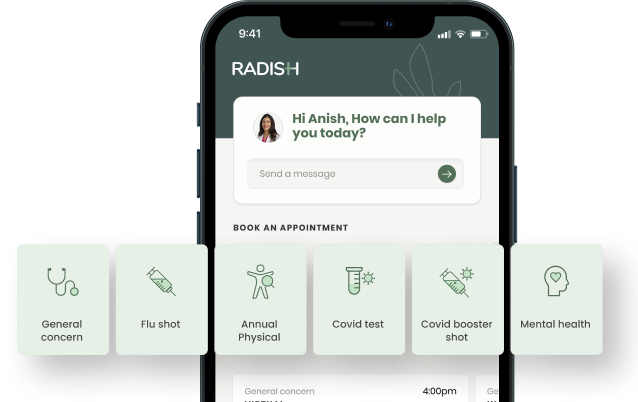Coping With Seasonal Affective Disorder

Dr. Jason Sellers
As winter rolls in and temperatures drop, it’s common for this change in season to affect our moods in negative ways. It’s helpful to understand how to recognize how seasonal affective disorder works to find the best ways to treat it.

We’re firmly in winter now that the new year has started and that means it’s a good time to take steps to understand seasonal affective disorder, commonly known as SAD, and know how to respond to and manage the condition.
With shorter days, more time spent indoors, bleaker weather, and much less sunshine in our lives, it’s common for people to experience a sort of depression that’s brought on by the change in seasons.
What Causes SAD?
It’s unknown what specifically causes the disorder beyond the seasonal transitions. There are some factors that are believed to play a part:
- Serotonin levels: reduced sunlight may cause a drop in vitamin D, which produces this brain chemical that affects moods and a decrease can contribute to depression
- Circadian rhythms (your biological clock): the lower levels of sunlight in the fall and winter can affect your sense of time and disrupt your rhythms, potentially leading to depression
- Melatonin levels: a change in the seasons may change your body’s balance of this chemical, which affects moods and sleep patterns
Symptoms of SAD
SAD displays symptoms very similar to depression, but it is distinguished by the timing of the seasonal change. These symptoms can include:
- Frequently feeling listless, sad, or down most of the day
- Feelings of hopelessness or despair
- Losing interest in activities you normally enjoy
- Having less energy than normal or feeling unusually sluggish
- Difficulty with concentrating
- Sleeping longer than usual
- Changes from your normal appetite, particularly overeating or a shift to high-carb foods
- Weight gain

If you find yourself experiencing these symptoms in tandem with a seasonal change, you may be experiencing SAD. While it’s normal for someone to have a few down days, if you feel these symptoms are interfering with your ability to enjoy your life or you struggle with motivating yourself to do your normal activities, please consult your physician for help with treatment.
If you’re experiencing changes in your sleep pattern or appetite, suicidal thoughts, or are drinking more than usual to cope, it’s especially urgent that you seek care from your physician.
Responding Effectively to SAD
There isn’t a clear path to preventing SAD, but you can take steps to manage the symptoms in advance or after their onset. It’s always good to be in touch with your physician about your health concerns so you can put together a plan for staying healthy. If you’re worried about depression or other mental health concerns, it’s a great idea to seek aid from a therapist and build some plans for staying resilient.
Some other activities you can do to help mitigate the effects of SAD include: getting enough vitamin D in your diet from supplements, fatty fishes like salmon or tuna, or egg yolks; working in exercise to increase your endorphins; and staying in touch with your friends and family to ensure you have a support system in place.
If you’re feeling down or worry about being affected by SAD, please book an appointment anytime in the Radish Health app and we’ll provide you with the care you need.
Request a Free Demo
Learn how Radish Health can help you improve employee health and save on healthcare.
Request a Demo